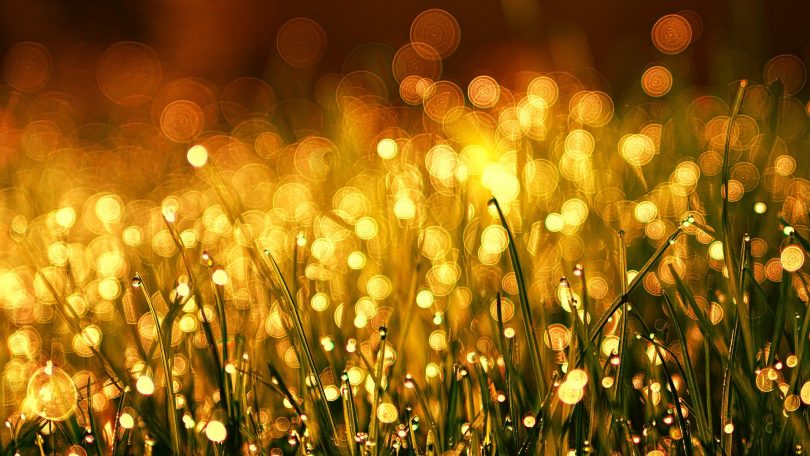Chavutti Thirumal or “Indian rope massage” is a highly enjoyable and deeply relaxing treatment involving ropes, oils, feet… and the longest therapeutical body sweeps any form of massage can offer.
Developed by Warriors and Practiced by Healers
This healing technique was originally developed hundreds of years ago in Kerala, Southern India, by the Kalari warriors. They practiced a form of martial art based on attacking and defending the body’s vital spots, and their knowledge of these spots was used both for fighting and healing. During times of peace, the warriors practiced Ayurveda and Chavutti Thirumal, and also performed dances enacting episodes from the Indian religious epics. In fact, the massage seems like a dance: a dance of health, both for the giver and the receiver.
With the client lying on the ground on a mat, the masseur holds on to a suspended rope to keep her balance, and literally glides with her foot from finger tips to toe tips over the oiled skin of the client. The long strokes gradually iron out tensions in the muscular system and bring about a deep state of relaxation.
Although this style of body work is applied mainly to the muscular system, it does have a beneficial effect on other body systems. A Chavutti treatment increases the blood circulation and stimulates the lymphatic system (in charge of eliminating toxins so our cells can get proper nourishment), reinforcing at the same time the immune system. It also liberates emotions locked in different parts of the body (e.g. the joints) and releases endorphins (natural body pain relievers), as well as triggering neuropeptides (more on that). All this results in an overall increase of energy flow in the client.
The Feet Know Better
The more I practice this form of massage, the more convinced I am that feet are more intuitive than hands, perhaps because they’re the furthest away from the head and its machinations! Once I tune into the light dancing of the massage strokes, my mind is quiet and my feet tell me where to go, if there are specific areas needing special attention or whether long fluid passes are more appropriate.
As my feet awaken, it is as if they (not me!) tuned into the fearsome Thandav dance of Nataraja, the Lord of the Dance of Hindu mythology, once performed by the Kalari warriors. It’s not me massaging my client’s sacrum, but my foot painting infinity symbols on her sacral chakra; it is not me loosening my client’s contracted deltoids, but my foot drawing Christmas trees on his upper back; not me alleviating fluid retention and assisting the break down of cellulite, but a foot sketching butterflies on her thighs; not me creating space in-between her vertebrae with spinal strokes, but my feet performing a gentle yoga lunge as my hands hold the rope above my head…
At no point during the treatment is there standing or walking on the client’s body, who tends to forget they’re being massaged with a foot. I love it when someone asks me with a sleepy voice: “And now why are you massaging me with your hands?” My hands are holding the rope at all times but the foot adapts so well to the body, that people lose the sense of what they’re being massaged with. The rope also allows applying more or less pressure depending on the client’s preferences.
A Massage for the Physically Active
Yogis, dancers, athletes, martial artists and all involved in regular physical exercise can greatly benefit from this technique initially developed to maintain suppleness in the body and for treating the pain and swelling caused by combat. Of course, it is also suitable for anyone wishing to maintain their own fitness and wellbeing.
Chavutti works on vital spots (marmas) and energy lines (nadis), allowing vital energy (prana) to flow more freely in the body. From an Ayurvedic perspective, it helps to maintain inner fluidity by balancing the three humours (doshas): vata (wind), kapha (phlegm) and pitta (fire), integrating different aspects of health in a holistic way. It is also a myofascial release technique as it stretches the fascia and releases bonds between fascia, integument and muscles to eliminate pain, increasing the range of motion and reducing strain throughout the neuro-musculoskeletal system, not just in the symptomatic area.
Enjoyable, relaxing and therapeutic, this is probably one of the most unusual treatments you could ever receive.



